How Lunaz Design is transforming automotive icons into EVs
Lunaz Design are bright sparks that bring new life to some of the very best classic cars
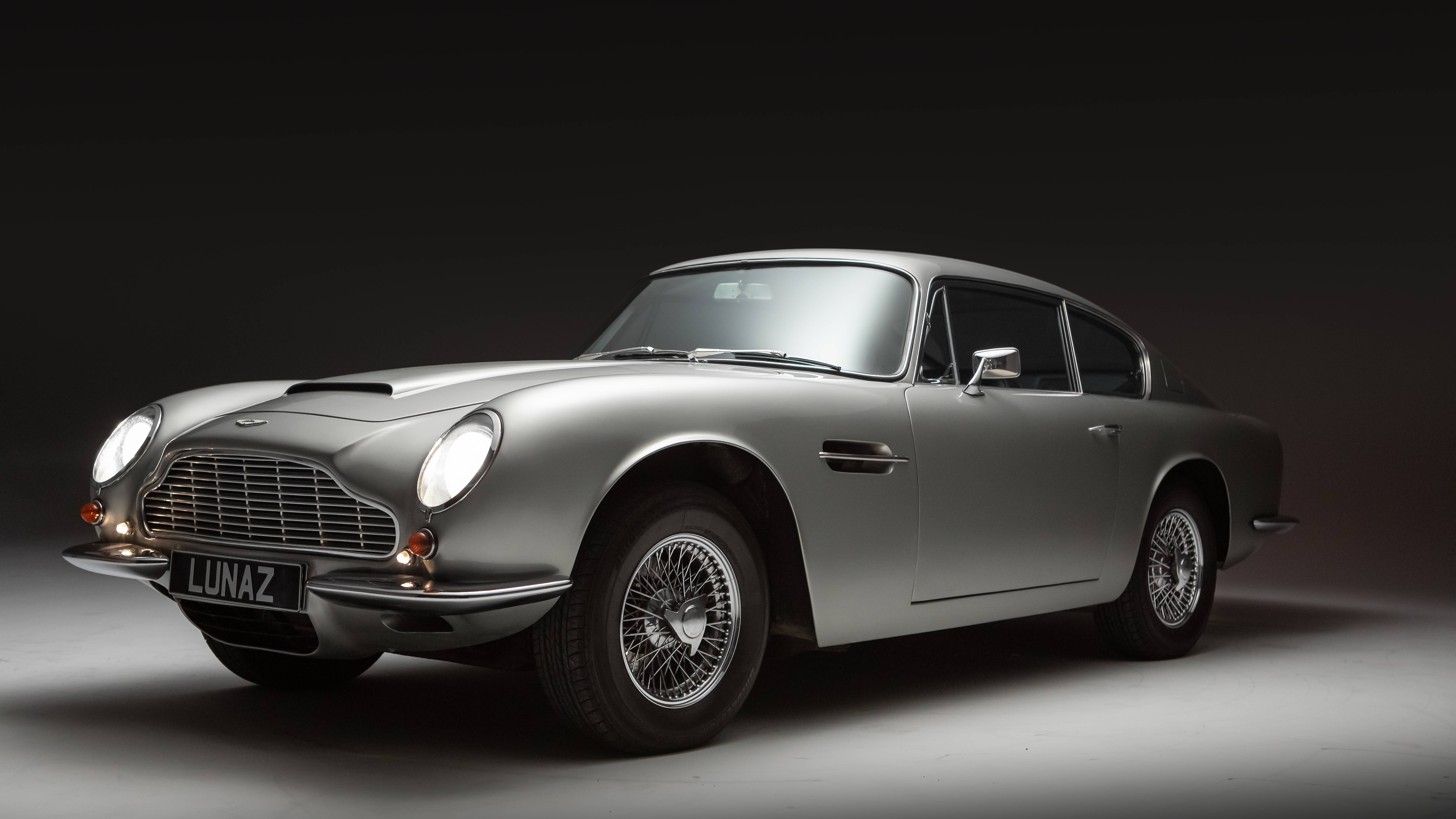

Lunaz Design wants to drag old cars into a clean, quiet future. The world of classic cars is notoriously averse to change and innovation. Authenticity is everything, especially with the close correlation between condition, provenance, and value.
Yet all is not well in the hallowed halls and air-conditioned garages of the world’s car collectors. The internal combustion engine is marked for death, and while there will be exceptions and licenses, leeway and loopholes, the bottom line is that tootling around in an old smoker will soon be both morally and legally out of the question.
While some might be content to leave their classics for high days, holidays, and the occasional polish – and be prepared to pay a price for producing authentic doses of smog – there are plenty of new companies looking to zap classic emissions all the way down to zero.
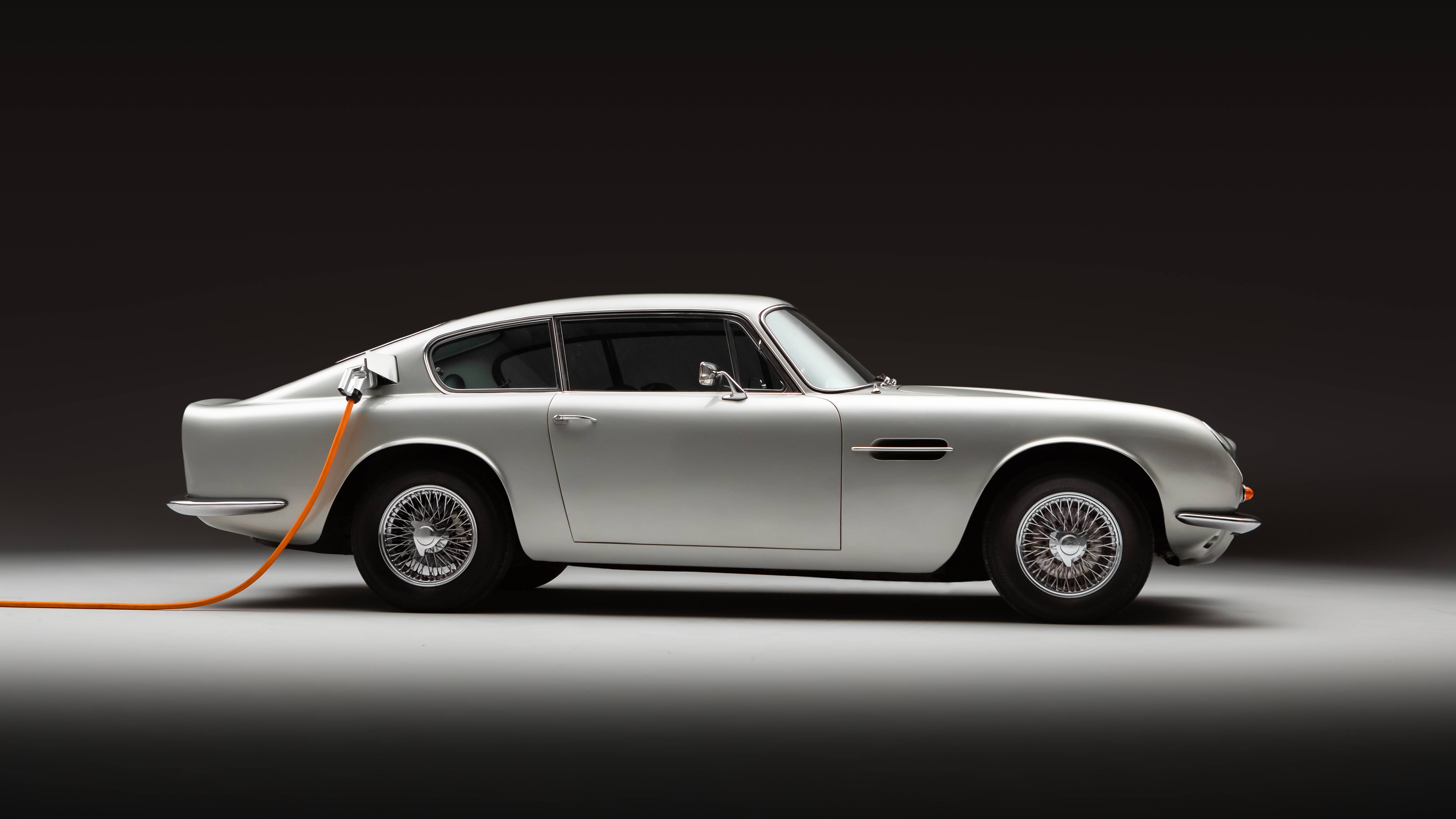
Lunaz Design aims to make this move into an art form. For some, electrifying a classic approaches heresy: a cylinder-free Ferrari emasculates its character, performance, and poise. Yet away from the part of the market that treats rare automobiles like major assets to vie with Post-Impressionists and Malibu beach houses, there are those who like to use their classic cars on a regular basis and see zero emissions as a boon, not a bust.
The challenge is to do it right; there is no such thing as a straight swap in the world of batteries. As well as crucial questions of safety, balance, and dynamics, a seamless and well-crafted the conversion will preserve all the qualities of the original.
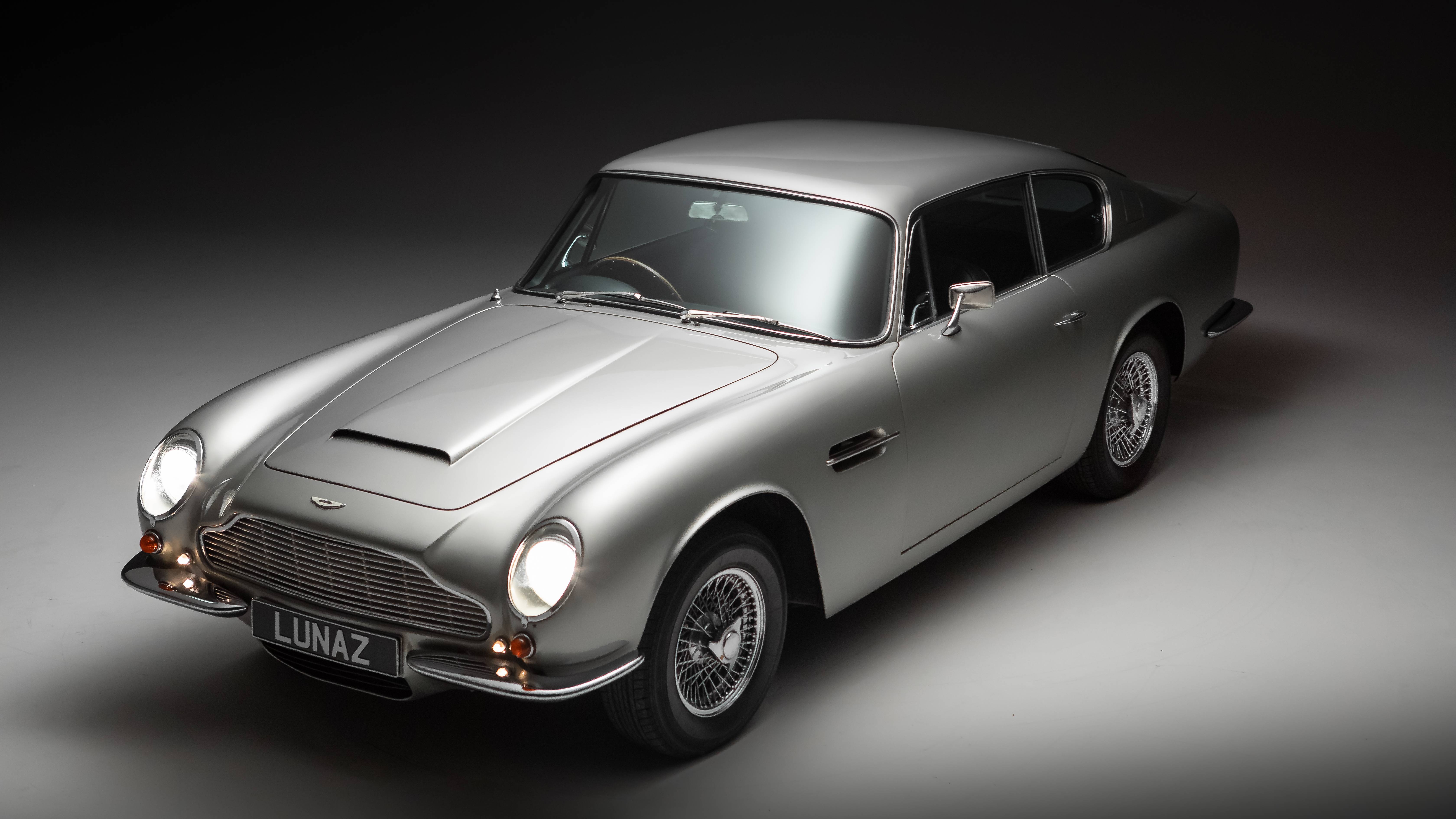
All this is in evidence in Lunaz Design’s most recent machine, an exquisite transformation of the 1965 Aston Martin DB6. Following on from an electrified 1961 Rolls-Royce Phantom, Bentley S1 Continental, and Jaguar XK120, the DB6 completes Lunaz’s set of iconic Sixties Brits (the company will also electrify the original 70s-era Range Rover).
With prices for perfect DB6s nearing half a million pounds, Lunaz expects buyers to bring a rather more down-at-heel example for conversion, as the process involves full restoration as well as re-engineering. The final price is on application, but the company expects it to exceed $1m. First deliveries are expected in 2023, by which time, the electric DB6’s expected range of 255 miles will seem distinctly less than luxurious. Fast CCS charging should make up for it, as will the subtly uprated braking, suspension, infotainment, and navigation systems.
Get all the latest news, reviews, deals and buying guides on gorgeous tech, home and active products from the T3 experts
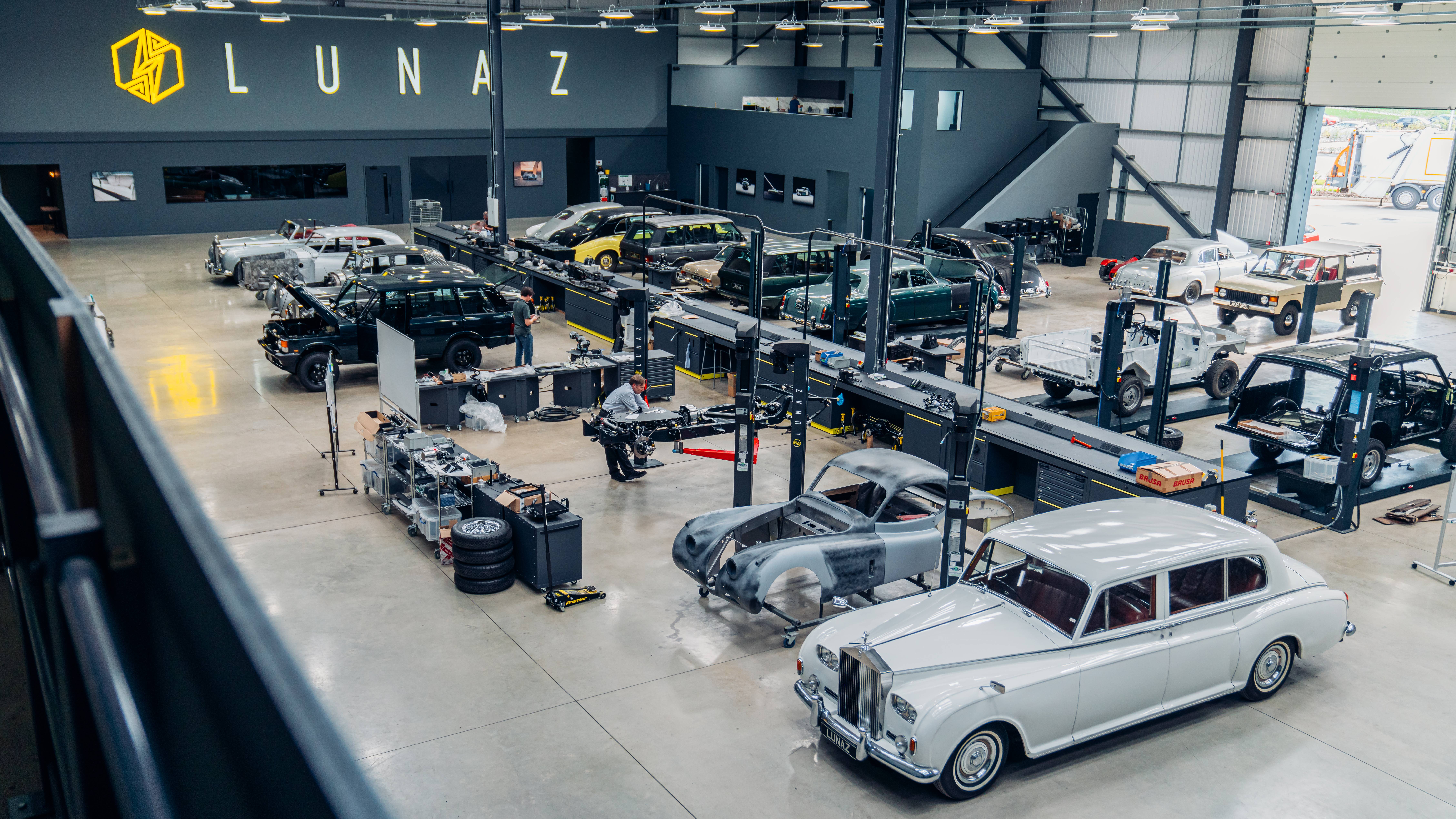
If the DB6 is too ‘commonplace’ (nearly 1,800 were built in total), then Lunaz will undertake even more ruinous conversions of the far rarer DB4 and DB5 models. It’s entirely possible that the addition of batteries, swift electric motors and modern suspension and steering will make these undeniably beautiful cars much better to drive. Based at Silverstone Technology Park, each transformation is exhaustive and meticulous, involving bare metal restoration, 3D scanning, weighing, and balancing, as well as the removal and storage of the original engine and gearbox (in case you ever want the entire process reversed).
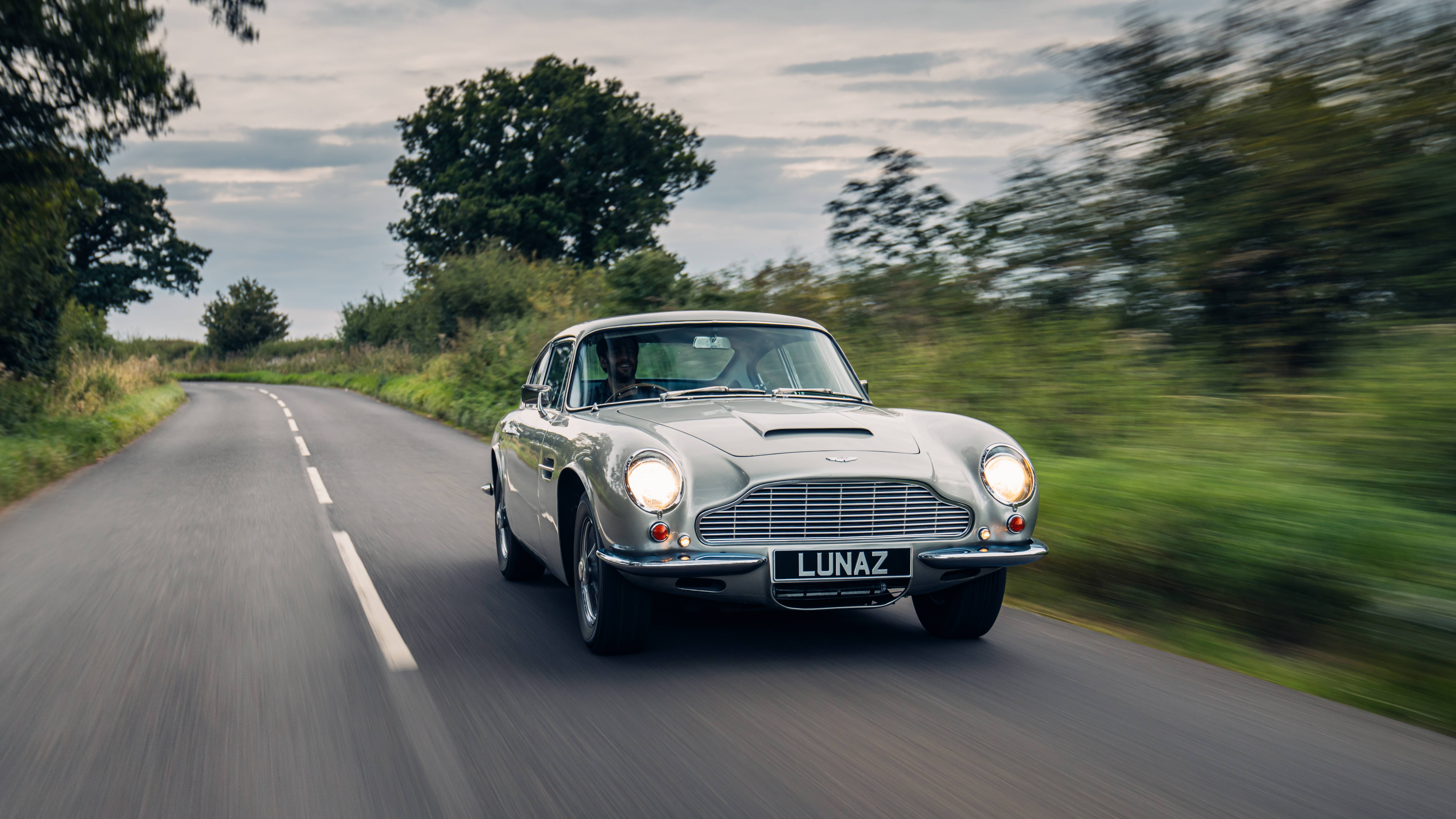
Lunaz Design isn’t going to break the bank with these highly bespoke machines. They’ll be built in hens’ teeth-like numbers for car collecting EV enthusiasts, scarce individuals who must represent the slenderest sliver in an already rarefied Venn diagram. Electrifying icons is simply a high-profile niche designed to raise the company’s stock and bring in funding for the main act – recent cash injections by investors like David Beckham have put Lunaz on the map.
Sister company Lunaz Applied Technology is the division set to make the biggest difference with its primary business model: electrifying existing commercial vehicles. This will involve getting down and dirty with vehicles like dustcarts and delivery lorries, the grinding, belching mainstays of our towns and cities that are far too expensive to scrap and could really benefit from going green.
Together with a third company, Lunaz Powertrain, the British company is set on having a worldwide impact. Even if you’re a diehard traditionalist, don’t begrudge the incongruous silence of a Lunaz Design conversion and think instead of the bigger picture.
More at Lunaz.Design.
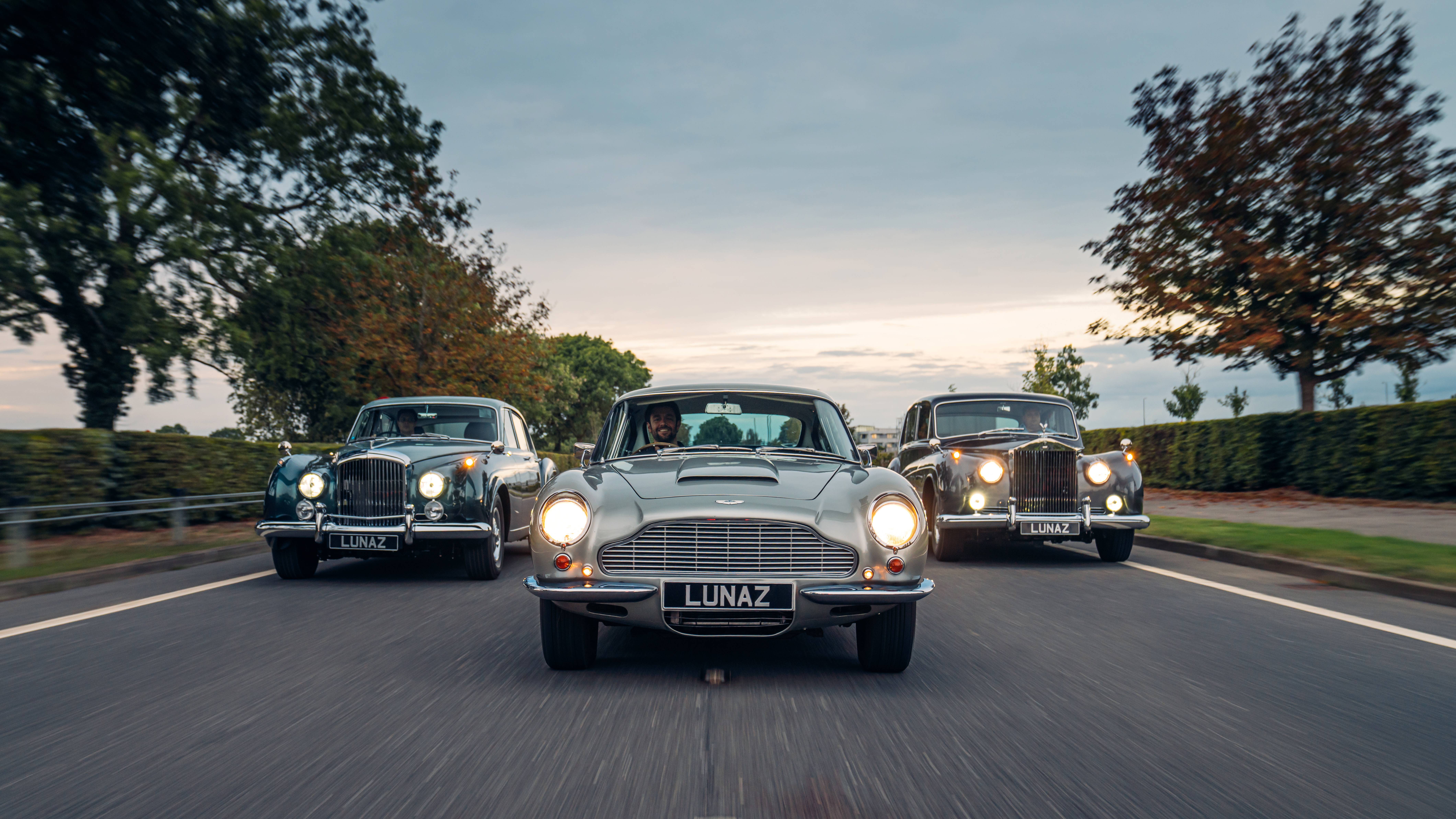
This article is part of The T3 Edit, a collaboration between T3 and Wallpaper* which explores the very best blends of design, craft, and technology. Wallpaper* magazine is the world’s leading authority on contemporary design and The T3 Edit is your essential guide to what’s new and what’s next.

Jonathan Bell is Wallpaper* magazine’s Transport and Technology Editor, a role that encompasses everything from product design to automobiles, architecture, superyachts, and gadgets. He has also written a number of books, including Concept Car Design, 21st Century House, and The New Modern House. His interests include art, music, and all forms of ephemera. He lives in South London with his family.
